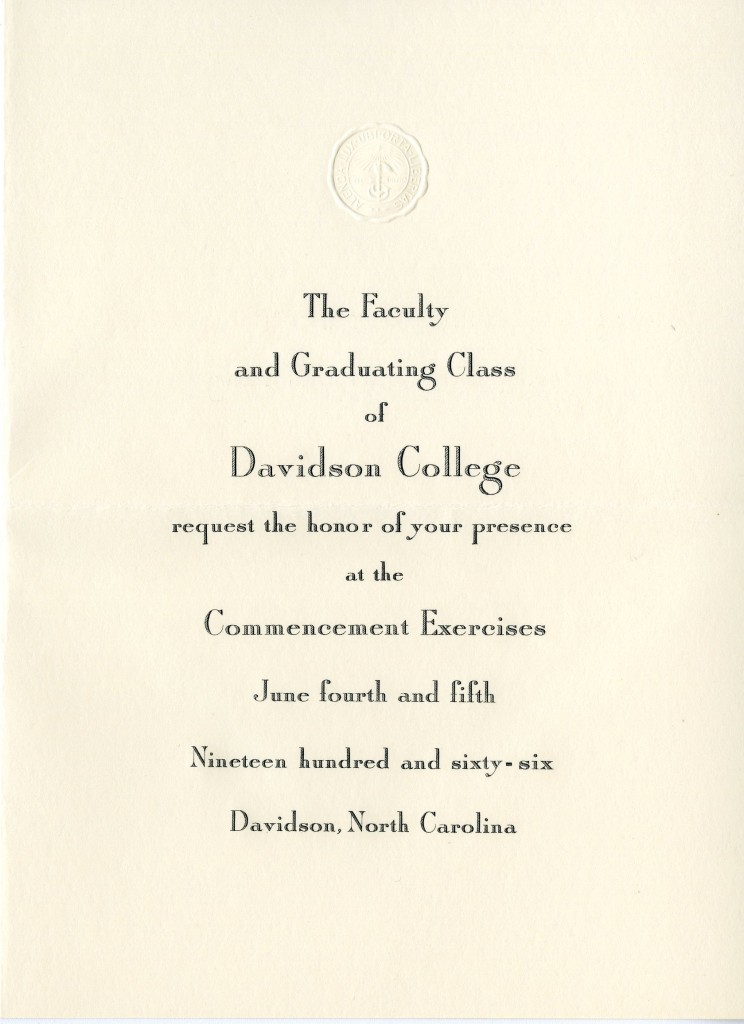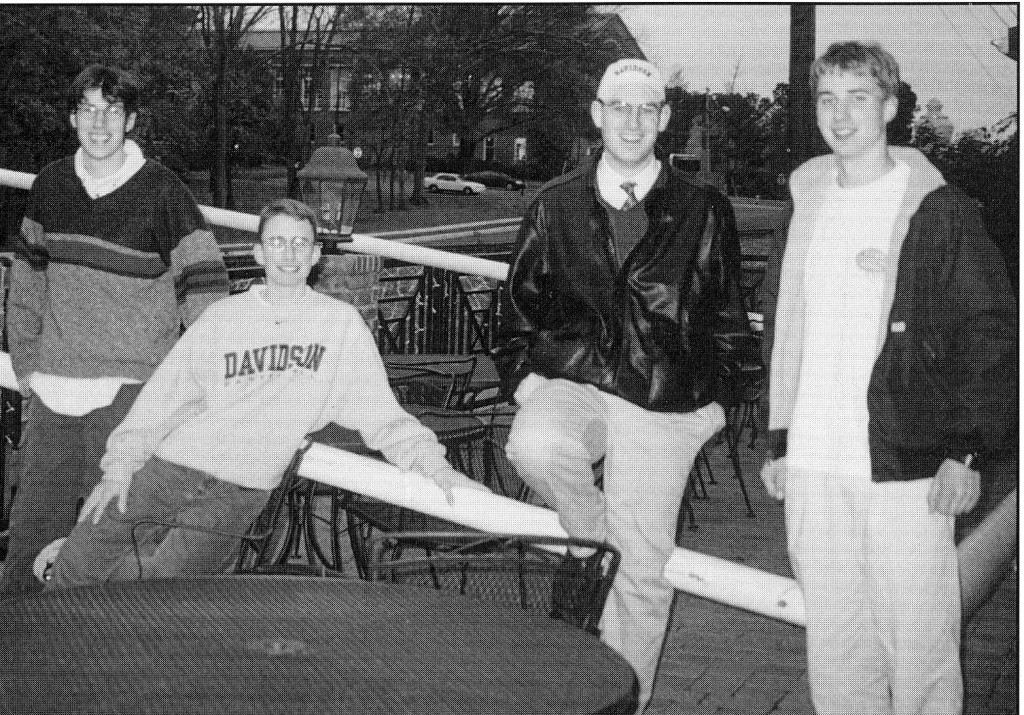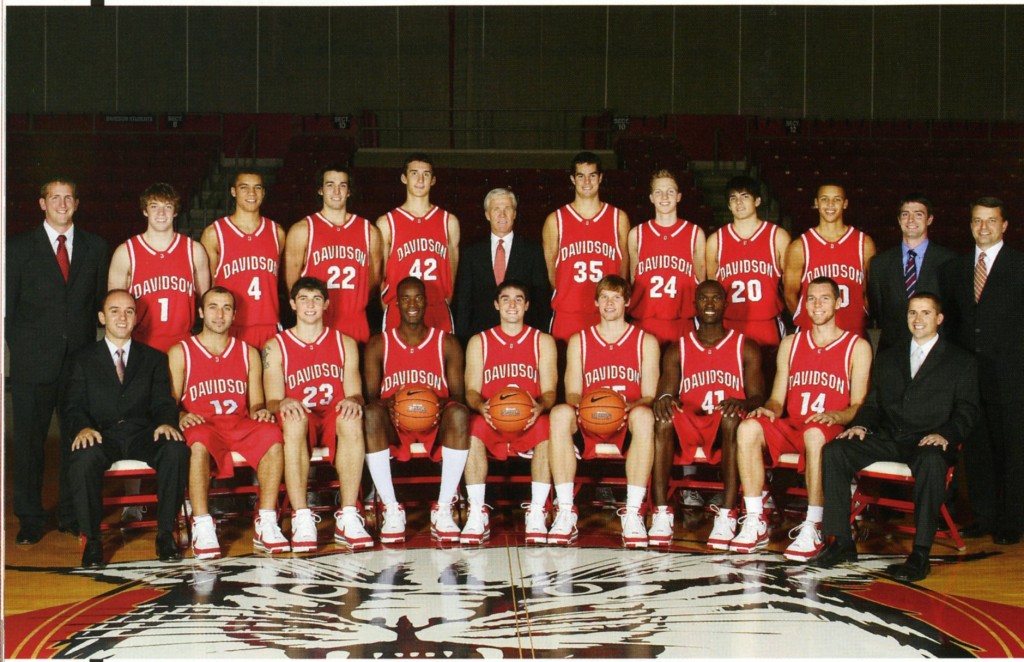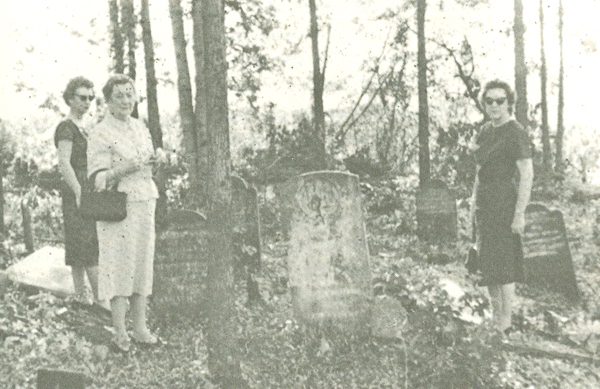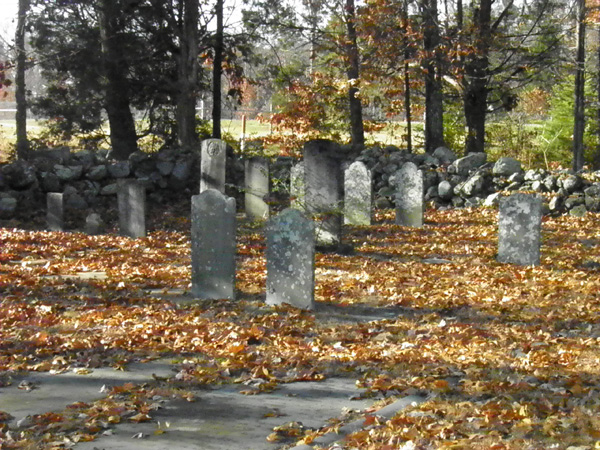Last week, Davidson freshmen ran the Cake Race – a Davidson tradition that dates back to 1930. According to an article in the November 13, 1930 issue of The Davidsonian, “It is intended that the first cake race held this year will set a precedent for future Freshman classes, and that in the future it will become an annual and looked forward to event in the yearly routine of the Freshman classes.”

Track coach Heath “Pete” Whittle (Class of 1930) is responsible for beginning the Cake Race at Davidson when he began working in the athletics department in 1930. Whittle would stay in charge of the track team and serve as an Assistant Director of Athletics until 1971. The purpose was for Whittle to scout new running talent for the track team, and the cakes were the motivation for then mandatory race. Cakes baked by faculty spouses and townswomen were not the only prizes – students could also claim a number of items donated by local businesses.

Now the Cake Race is a voluntary event, with a fixed distance of 1.7 miles. The race wasn’t held in 1931-1933, 1941-1949, or 1972, as interest seemed to have waned, but upperclassmen insisted on the return of the race the following year and the 1.7 mile rite of passage has remained ever since. Sterling Martin (Class of 1963), a former winner of the Cake Race and organizer of the event from 1972 until the mid-1990s, said “The upperclassmen had a fit… they said they had to go through it, so they wanted to see everybody else run it. The next year we reinstated the race.” (Davidson Journal, Fall/Winter 1987) A few other colleges and universities have held cake races, and Georgia Tech’s also seems to have been tied to scouting new runners for the track and cross country teams, but it isn’t known whether Whittle was inspired by cake races at other institutions.


When Daisy Southerland married Pete Whittle in 1933, she too joined the Cake Race tradition. Daisy Whittle (1906-1991) hailed from Mobile, Alabama, and worked as the Director of Christian Education at First Presbyterian Church in Richmond, Virginia, prior to moving to Davidson. Once established in town, Daisy ran a nursery school out of the Whittle family home, was active in the Davidson College Presbyterian Church, and made cakes for every class of freshmen until at least 1987. Although Pete Whittle passed away in 1975, Daisy continued attending the annual Cake Race and was active in the Davidson Senior Center.

As Daisy described in the Davidson Journal Fall/Winter 1987 issue, “I don’t think I’ve ever missed a race… I’ve made cakes every year, and my daughters helped when they were in high school. The cakes were usually chocolate, because that’s my favorite.” This year, to honor Daisy’s legacy and celebrate a new class of Davidson freshmen, I selected one of her recipes to make for the 2016 Cake Race and for this installment of our Recipes From the Archives blog series. Unfortunately, we don’t have any of her chocolate cake recipes in our collections, but Daisy did submit a recipe for Pumpkin Dessert Squares to the Davidson Senior Center’s 1985 printing of The Davidson Cookbook.
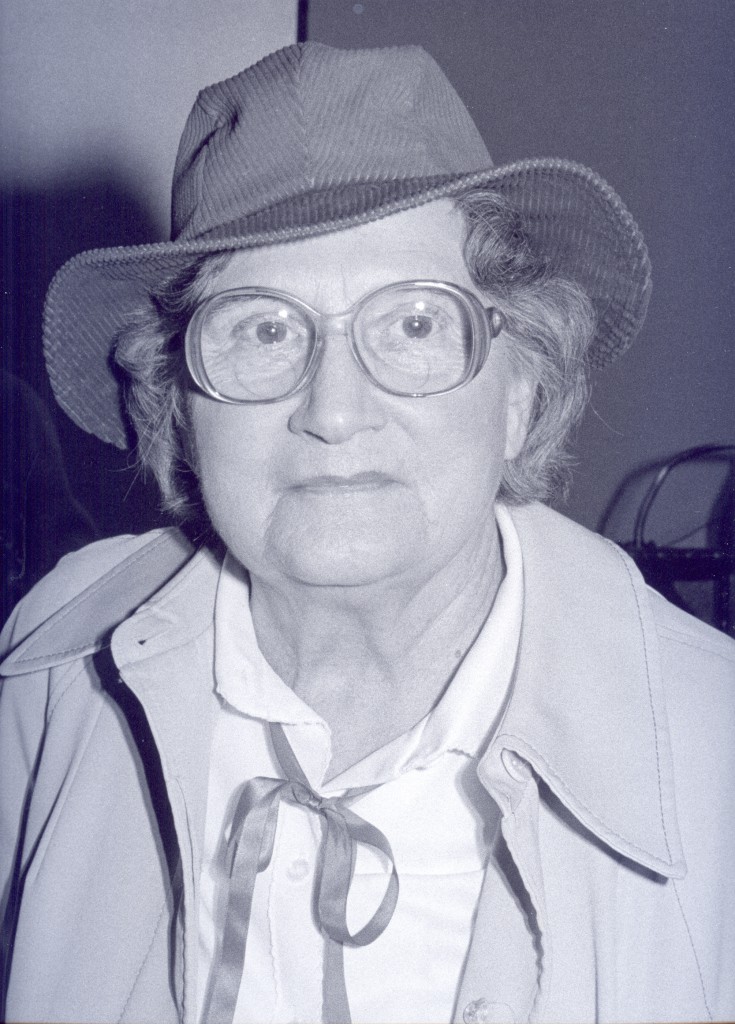
As the Davidson Journal‘s Fall/Winter 1987 issue states, “there are several competitions going on here – one involving the 140 freshmen running the 1.7-mile race, and another fiercer contest among the cake bakers waiting and watching to see whose cake will be picked first.” Daisy Whittle’s cakes have long been picked early in the selection process – racers are given place cards as they cross the finish line, and select cakes by that placement, alternating between men and women winners. Utensils are handed out, so cake eating can begin right away.

I followed Daisy’s recipe to the letter, with the exception of cutting the cake into squares and serving with whipped cream. I assumed the whipped cream wouldn’t hold up in the August heat of North Carolina, as cakes are placed outside an hour or so before the race begins. Instead I sprinkled a little bit of powdered sugar on top of the cake, and constructed a festive, inedible banner topping in order to make the cake more appealing to the runners.


As Alex Hunger (Class of 2009) said in a 2005 Charlotte Observer article on the Cake Race, “I’ve never had to work this hard for a cake… running for (cake) definitely makes it more worth eating.” I hope all of the members of the Class of 2020 enjoyed their cake-filled welcome to Davidson!
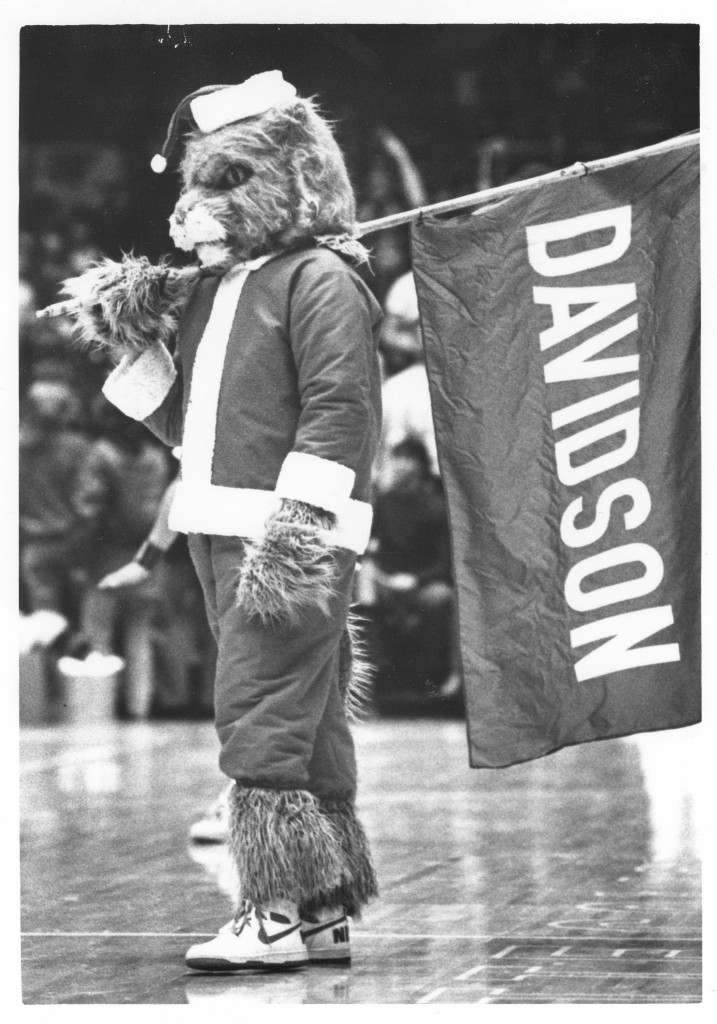
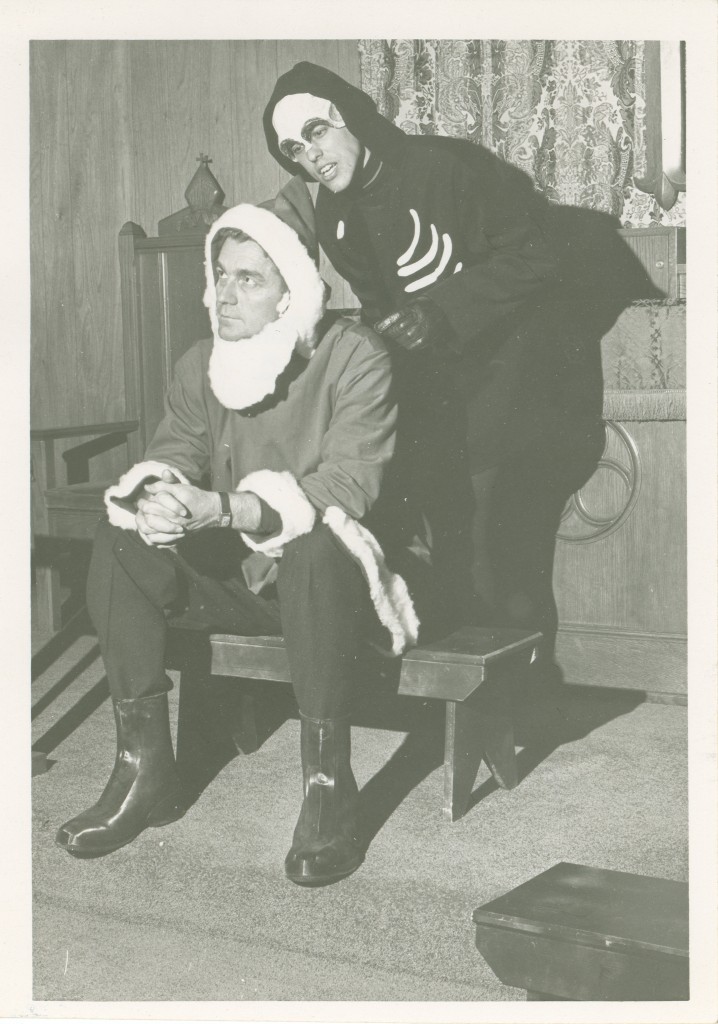












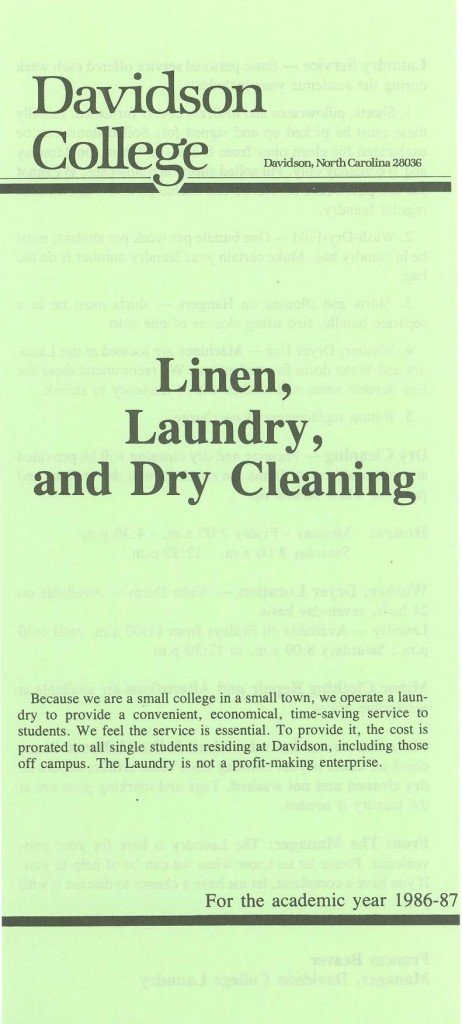
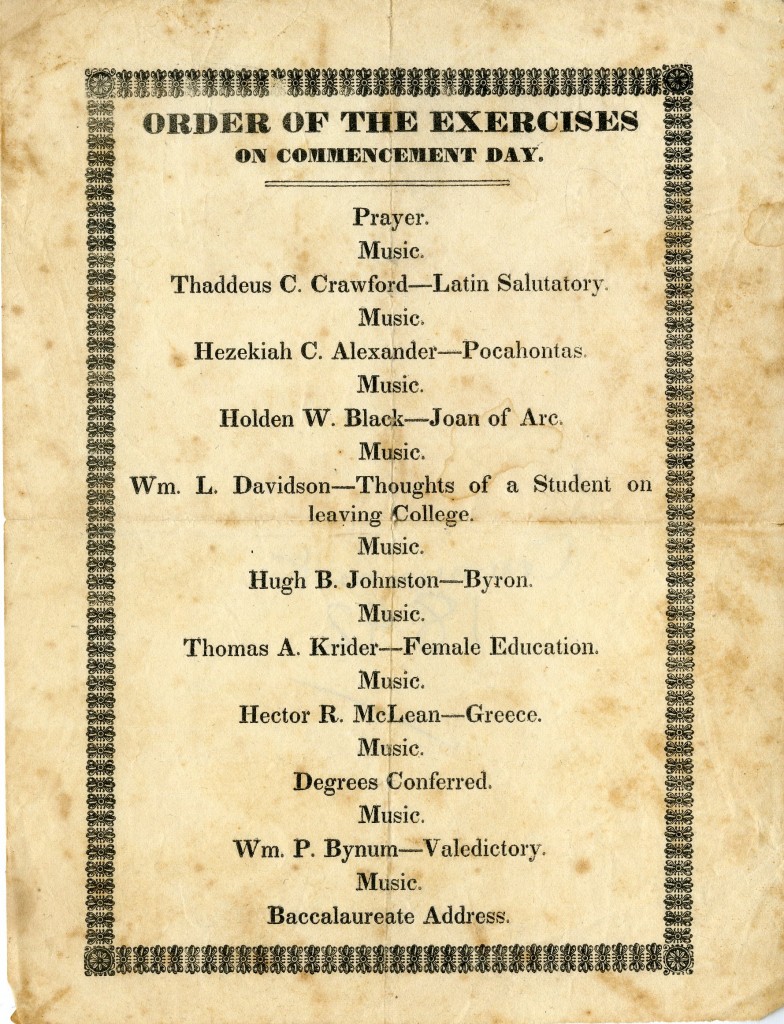


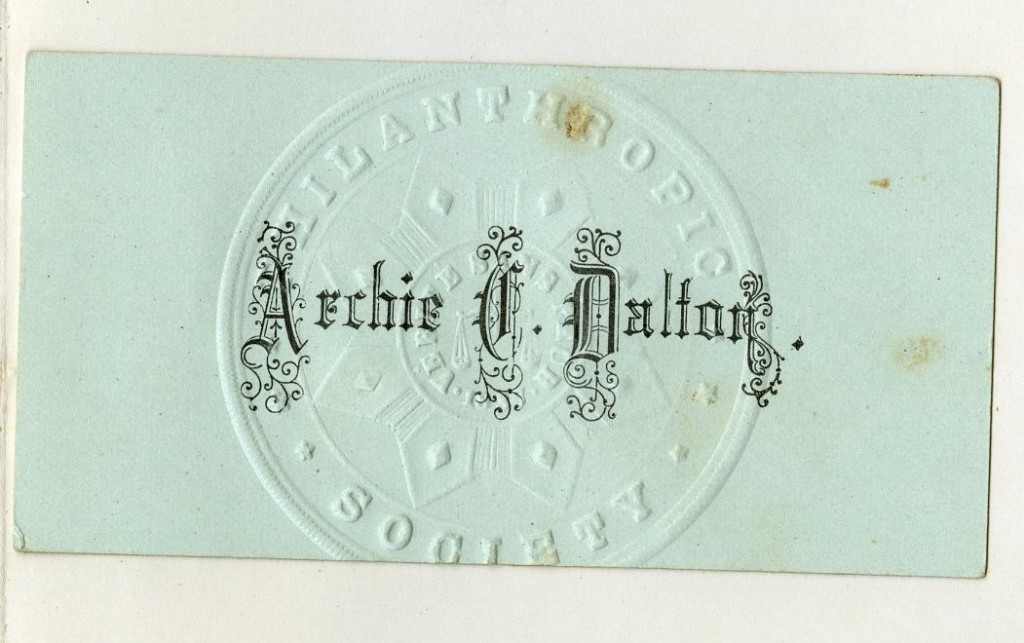
![The 1888 commencement Order of Exercises includes a number of interesting-sounding speeches - one imagines that the average Davidson student has certainly "Learn[ed] to Labor and to Wait" by graduation!](http://libraries.davidson.edu/aroundthed/wp-content/uploads/sites/5/2014/05/commencement1880001-1024x825.jpg)









